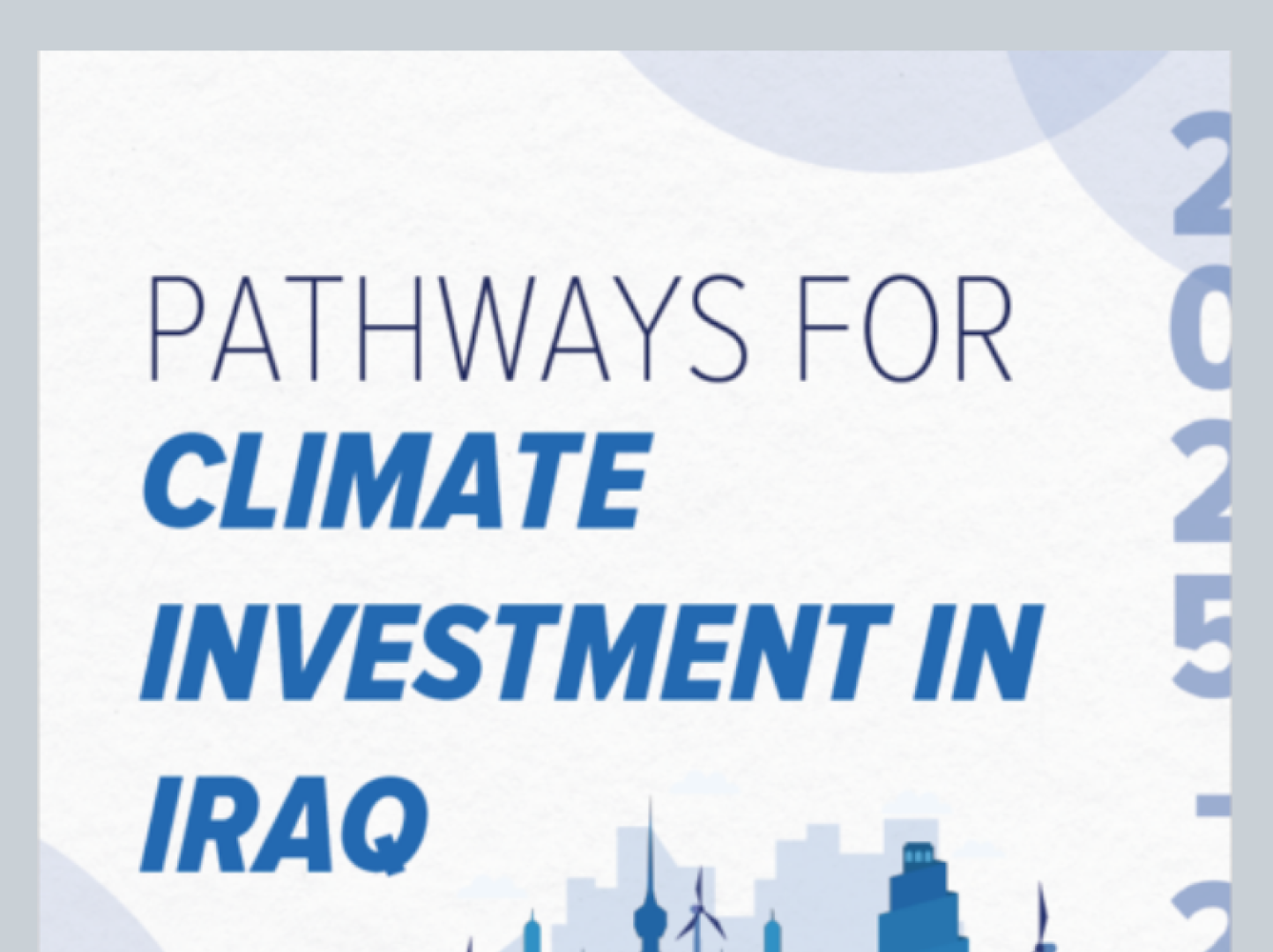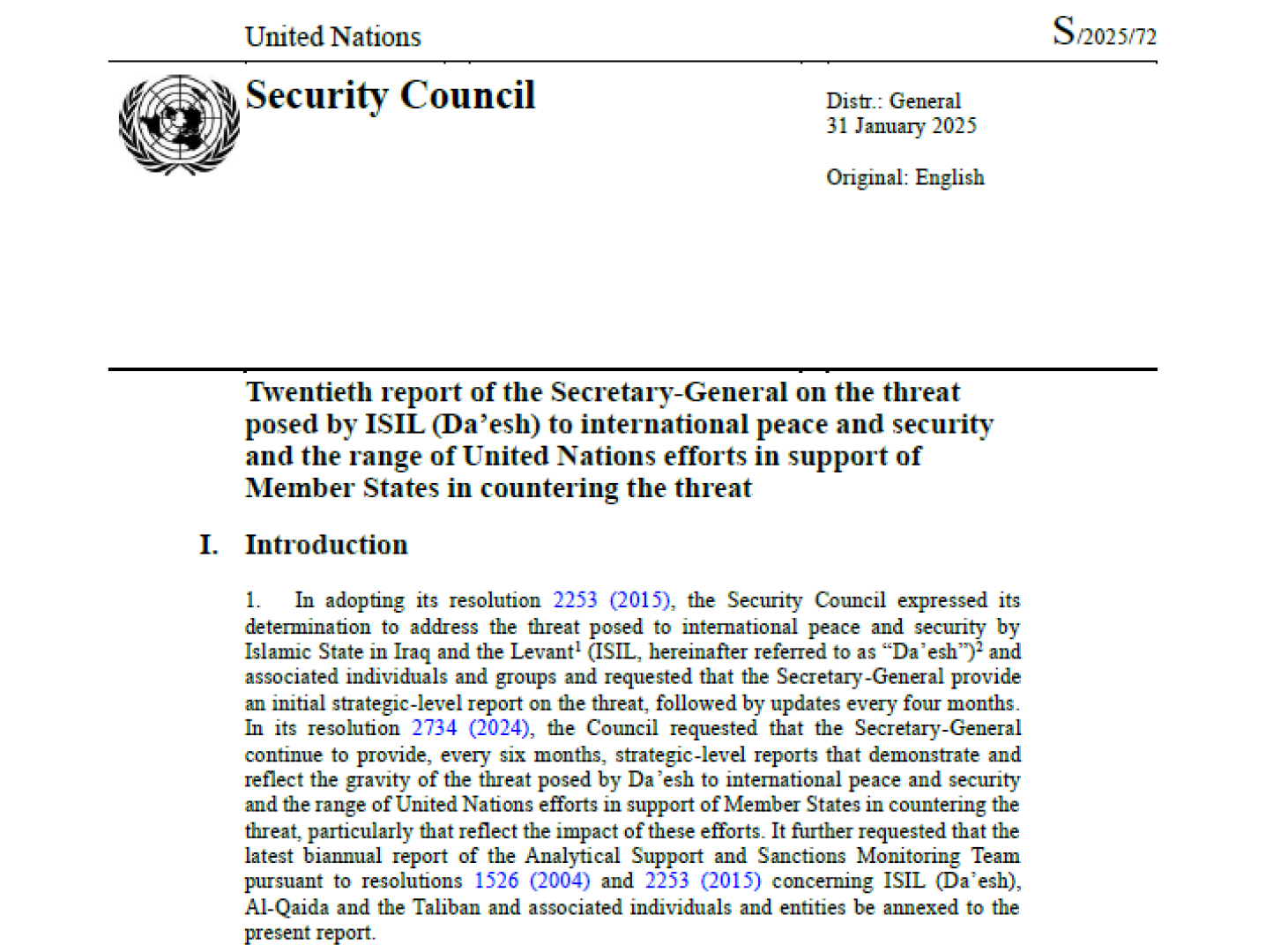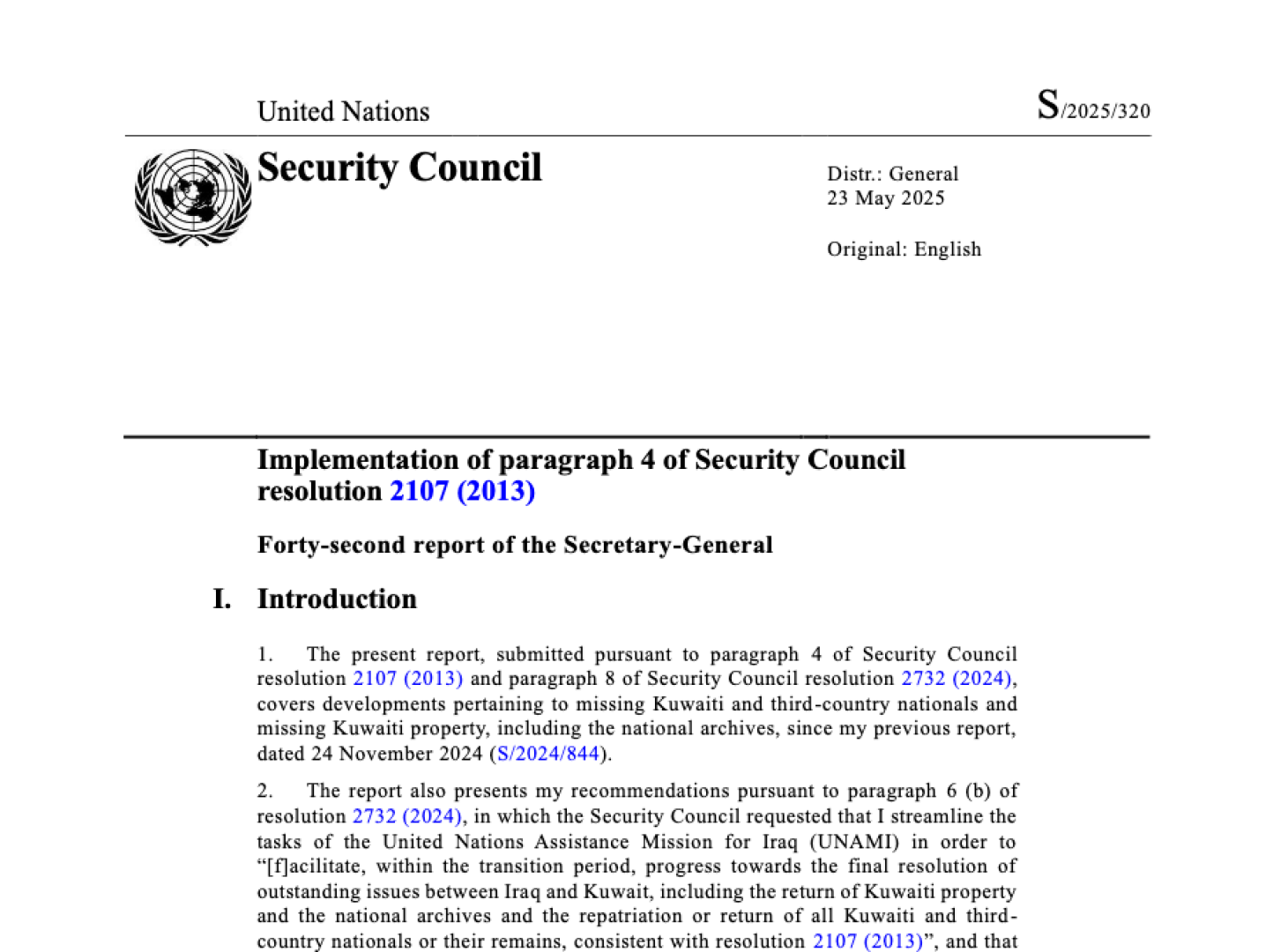IOM | Progress Toward Durable Solutions in Iraq: Salah al Din (December 2023)

INTRODUCTION
This report on Salah al Din Governorate is an extension of the original pilot project in Ninewa aimed at assessing progress towards durable solutions40 to displacement for internally displaced persons (IDPs) and returnees in the governorates with the largest shares of displaced populations in Iraq. The goal is to understand where IDPs and returnees stand five years after the end of the 2014–2017 crisis and in which aspects they are still struggling compared to the population who never left their location of origin (that is, stayees). In this respect, this project contributes to a broader discussion and Action Agenda around measuring progress towards solutions – and determining the end of displacement – which aims at operationalizing the eight criteria of the Framework for Durable Solutions produced by the Inter Agency Standing Committee (IASC) and informing targeted interventions in key areas of concern.
The analysis of this project builds on the information and knowledge gained by the International Organization for Migration (IOM) about the 2014–2017 crisis. IOM Iraq has been tracking and monitoring IDP stock figures as early as December 2014 through the DTM. The collection of returnee stock figures began in April 2015, although returnee stock figures have been retroactively reported since October 2014. IOM Iraq also uses the Displacement Index and Return Index as tools to monitor the living conditions of the IDP and returnee populations at the location level across key sectors, such as livelihoods, housing, services, safety, social cohesion and inclusiveness. Since 2015, IOM Iraq and Georgetown University implemented a longitudinal study, Access to Durable Solutions in Iraq, to understand how IDPs take steps to build lasting durable solutions. The study has regularly surveyed non camp IDP families since their displacement in 2014–2015, including some families who managed to return to their area of origin since 2017. Since 2019, IOM Iraq has been monitoring protracted46 and urban displacement in the main districts of origin. For more information, refer to: IOM, DTM Iraq Master List (2023), Erbil. For more information, refer to: IOM, DTM Iraq Displacement Index (2023), Erbil. For more information, refer to: IOM, DTM Iraq Return Index (2023), Erbil. For more information on the study, its methodology and main findings, refer to: IOM and Georgetown University, Access to Durable Solutions Among IDPs in Iraq. Part One (2017).
IOM and Georgetown University, Access to Durable Solutions Among IDPs in Iraq: Three Years in Displacement (Baghdad, 2019). IOM and Georgetown University, Access to Durable Solutions Among IDPs in Iraq: Four Years in Displacement (Baghdad, 2019). IOM and Georgetown University, Access to Durable Solutions Among IDPs in Iraq: Five Years in Displacement (Baghdad, 2020). IOM and Georgetown University, Access to Durable Solutions Among IDPs in Iraq: Six Years in Displacement (Baghdad, 2022). For more information, refer to: IOM, Progress Towards Solutions (2023). IOM, DTM – An Analysis of Urban Displacement in Iraq (Baghdad, 2021). IASC, IASC Framework on Durable Solutions for Internally Displaced Persons, The Brookings Institute & University of Bern (Washington D.C., 2010). and displacement to provide a contextualized categorization and inform planning and development of durable solutions strategies.
The analytical framework for this pilot was developed according to the IASC Framework for Durable Solutions and the recommendations provided by the Expert Group on Refugee and IDP Statistics (EGRIS)/UN Statistics Division (UNSD) on IDP statistics and composite measures for progress towards durable solutions and overcoming key displacement related vulnerabilities. All indicators selected for the composite measure were selected from the Interagency Indicator Library and, as such, they align with the 2030 Agenda for Sustainable Development.




















